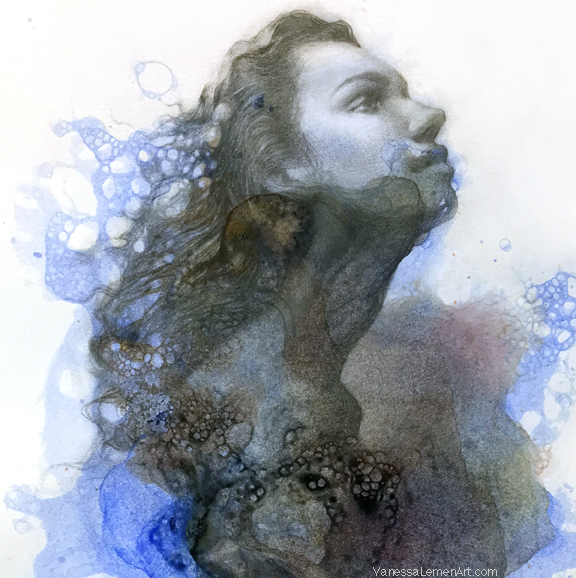 |
| “Hope” – acrylic, ink, and graphite on mixed media paper |
I finished this piece (above) recently to post on EveryDayOriginal.com. I wanted to share a bit about the process, specifically the texture and bubble effect. It started from an abstract I selected out of several abstracts I’d done recently using acrylic, ink, water, and dish soap. It was an interesting new way of making marks that I had seen in a crafty how-to video shared somewhere and I wanted to try it!
Materials used:
acrylic paint, (also tried some acrylic inks), water, dish soap, cups, straws, spatula, paper (I used a few different types of water media paper)
I didn’t use any specific ratio of paint to water to soap, but basically mixed a bit of each in the bottom of a plastic cup, and then blew bubbles through a straw until the mixture of water, paint, and soap started to bubble up and out past the top of the cup. Then I took a piece of paper and dabbed it onto the bubbles in different areas. That was one way of doing it… From doing that, I found that because I had to face the paper down away from me in order to put it next to the bubbles, I couldn’t necessarily see what I was doing. I decided to try scooping the bubbles out of the cup with a spatula out onto the paper, and this way I could control the placement and texture a bit better.
I really had no expectations while I was experimenting with this, and as I went along, I’d get new ideas inspired by things that happened with each attempt. As the mixtures in the cups would get low, the marks would be more intense and opaque, so this prompted me to make new mixtures with different ratios of water/paint/soap to control the transparency and opacity as I built up layers on the surface. Also, some layers were built up with hours of drying time in between, and some layers were applied while the layer underneath was still wet, which made for various effects as well. For example, the dry layers left marks that were more staggered and harder edged as the bubbles shrunk inward, and the watery layers left washes as the bubbles shrunk inward.
The different surfaces also yielded varying results. The surfaces I used were: watercolor paper, mixed media paper (which is basically a water-tolerant bristol), and yupo paper. The watercolor paper and mixed media paper have relatively the same porous quality, and the yupo is less porous and somewhat slick. On all of the surfaces, the bubbles do shrink inwards as they dry, and wind or just a bit of movement in the air blows the bubbles out. This was interesting to watch because the marks dried at different rates on the surface because of the varying qualities and movement in the air. In the case of the yupo paper, I was getting these neat marks that almost looked like aerial views of canyons or sedimentary rocks.
I also tried some marks by applying bubbles that had no paint in them first to the surface, then adding paint to the bubbles selectively by dropping it into them with a straw. This allowed me to control where the color went, but there was still a lot of experimentation involved. I ended up applying this addition of color to the bubbles with a straw to many of the images I was making, but here is an example of how that was applied to one small piece:
Bringing it all together – Creating an Image from the Abstract
So, the background for my recent mixed media piece, ‘Hope’, was done in this way as shown in these images and descriptions above. After it was dry, I drew into what I saw in the abstract shapes, which was a long neck and underside of a jaw with a hint of a face in profile looking up. I added that in graphite to the abstract painting. Once the drawing was in place, I painted into the areas with acrylic to add abstract marks, sometimes in very small detail and sometimes in broader areas of blended color. The goal was for the overall image to retain the spontaneity that the initial abstract underpainting had, and any additions would hopefully help to elevate and integrate the drawing that was added to it. Here are the two stages – abstract background start on the left, and the finish on the right – for comparison:
I had a lot of fun making this image, and I’ve got so many of these abstracts to work with as well now. I really look forward to experimenting and adding to them ..and just seeing what happens!


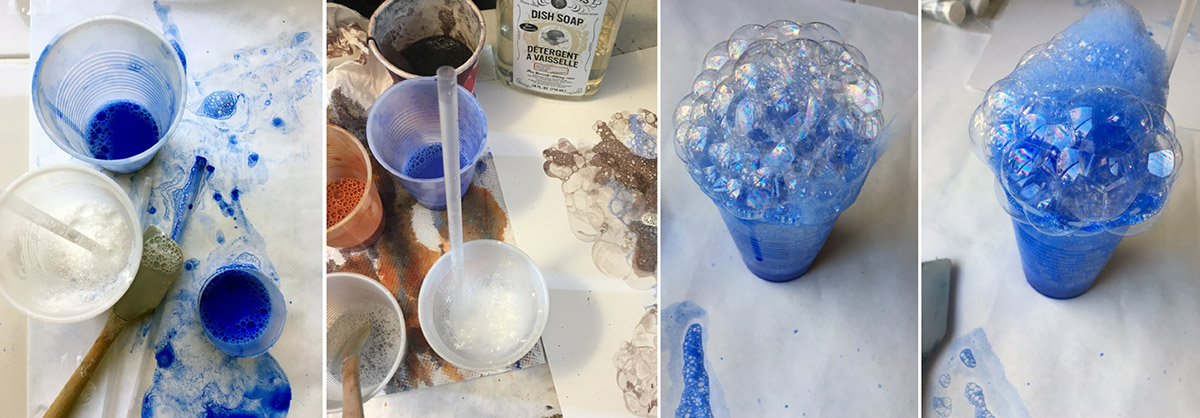

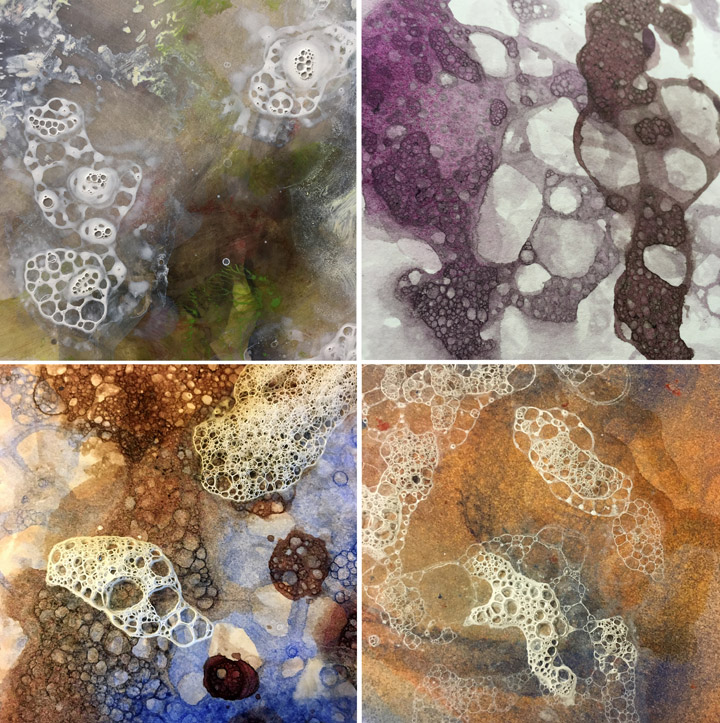
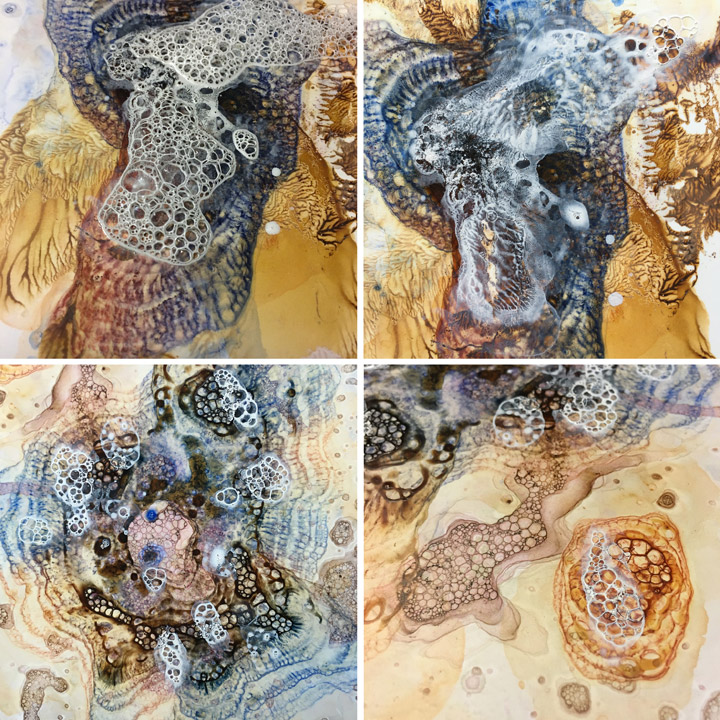
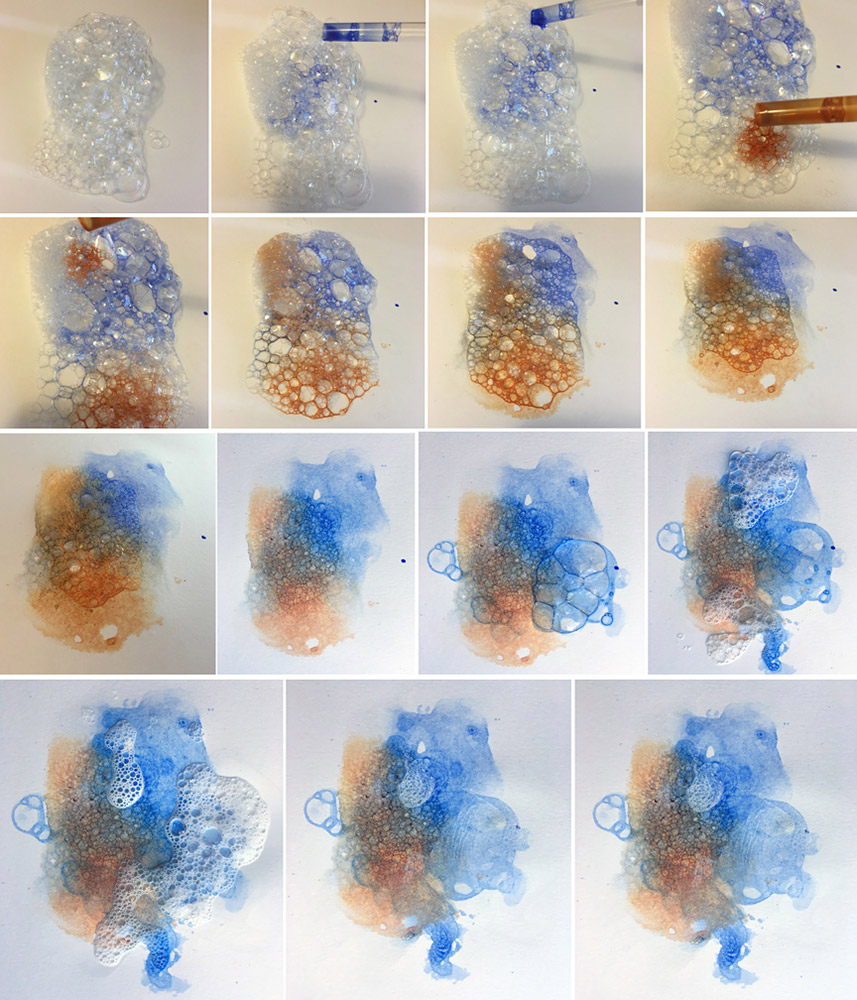
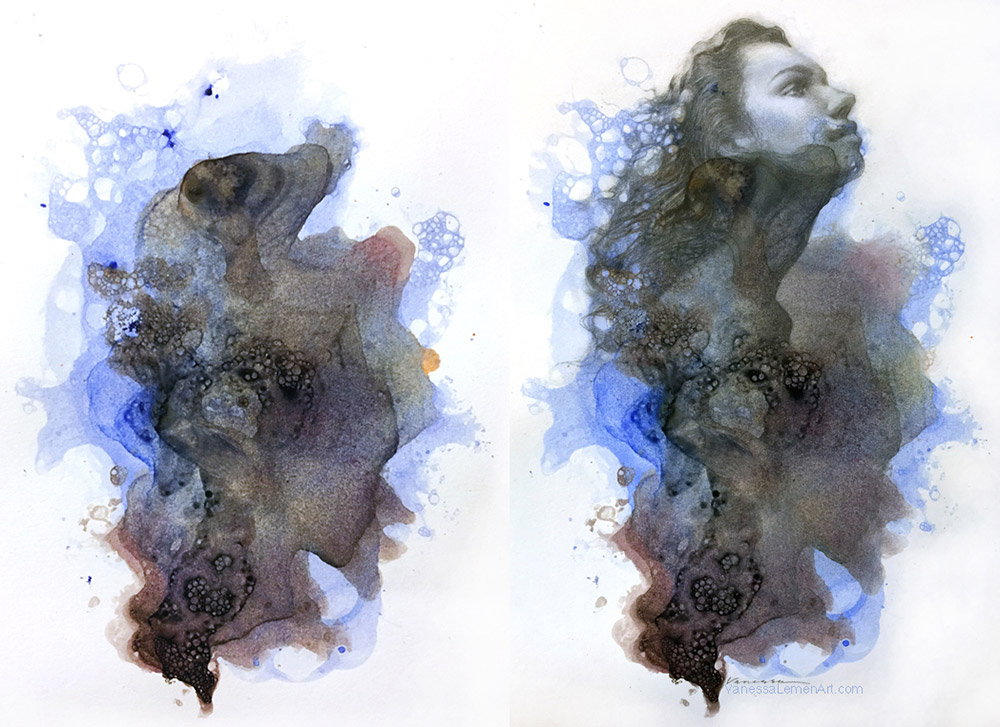
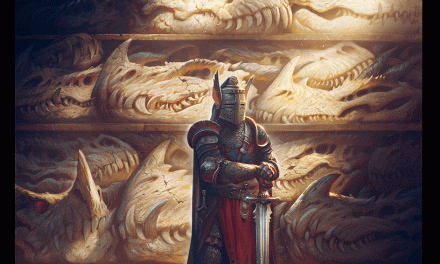
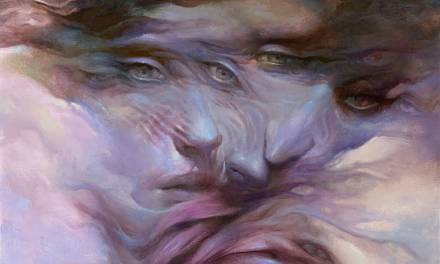
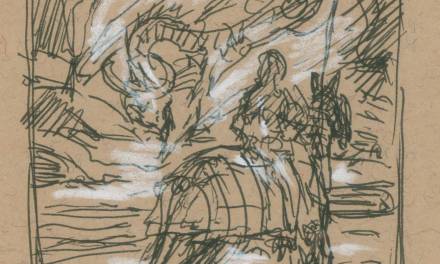
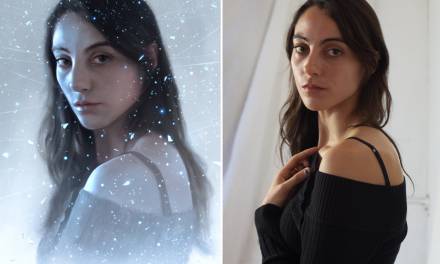
Very cool article! Some really interesting effects seem to be possible with this technique. Combined with more literal elements (woman) it is a nice marriage between the random & abstract and intentional. Beautiful!
Really nice Vanessa! Love these experimentations with the different mediums.
Lovely painting Vanessa. Thanks for sharing your process with the bubbles. You make it look like a lot of fun!
Thanks for thoroughly sharing your process with us! I also like how some of the dried bubbles lend a bit of a three-dimensional texture to the paper. I think I'll try this technique out sometime. 🙂
Thanks, Nicolay! There are definitely a lot of possibilities with this. Hope you get a chance to try it out. The balance of random and abstract and intentional is so much of what I'm interested in in my own work as well as observing in others' work as well a lot of the time. Thanks again!
Thanks, Jared! I do love to experiment with different mediums. Plus, the textures can be used for digital work as well.
Thanks, Beth! It really is a lot of fun! 🙂
Thanks, Jessica! The texture from the dried bubbles is also nice to paint on top of with glazes or thin dry brush, and then sand back too. I hope you do get a chance to try it out! 🙂